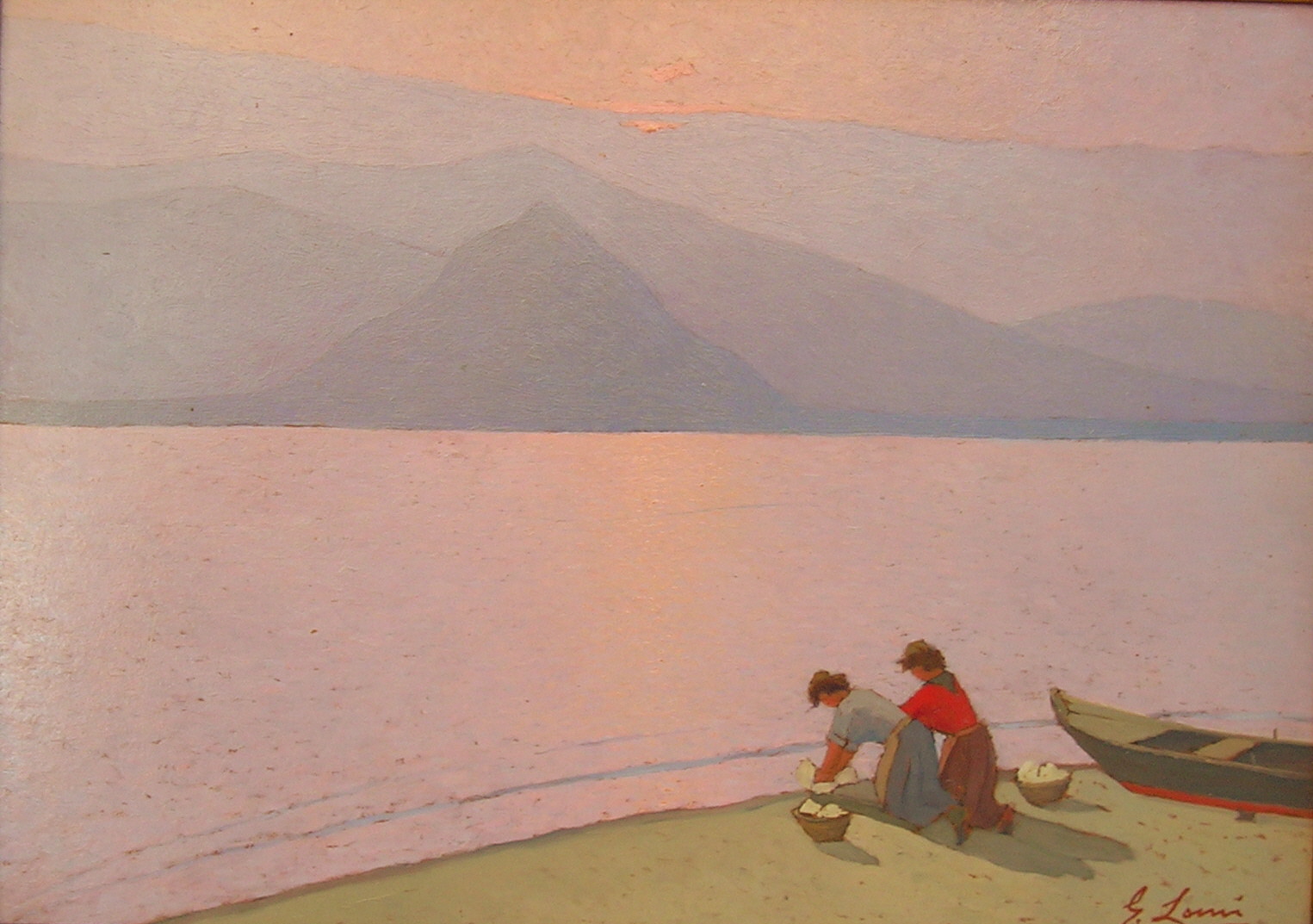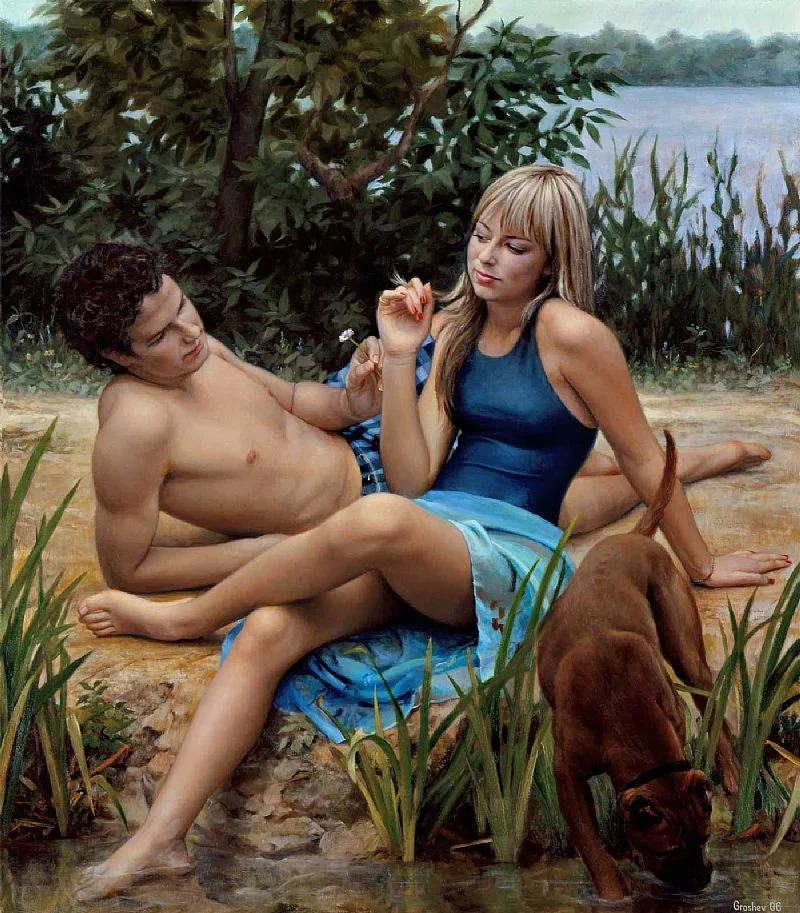En Plein Air painting, in its strictest sense, the practice of painting landscape pictures out-of-doors; more loosely, the achievement of an intense impression of the open air (French: plein air) in a landscape painting.
Until the time of the painters of the Barbizon school in mid-19th-century France, it was normal practice to execute rough sketches of landscape subjects in the open air and produce finished paintings in the studio. Part of this was a matter of convenience.
Before the invention of the collapsible tin paint tube, widely marketed by the colour merchants Winsor Newton in 1841, painters purchased their colours in the form of ground pigment and mixed them fresh with an appropriate medium such as oil.







.jpg)
.jpg)







